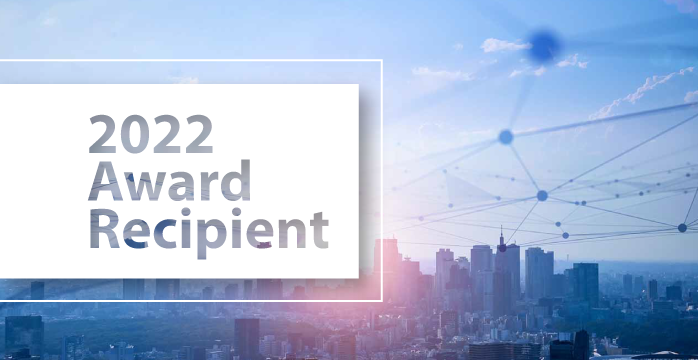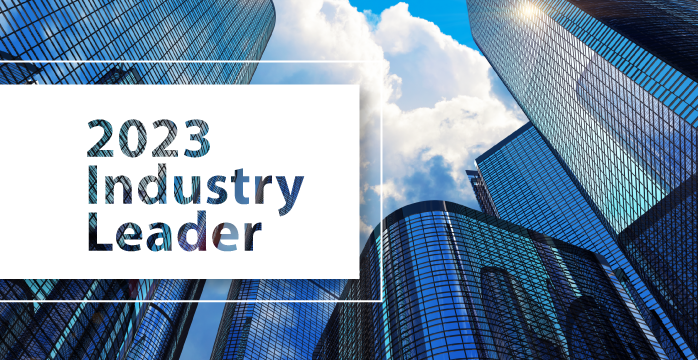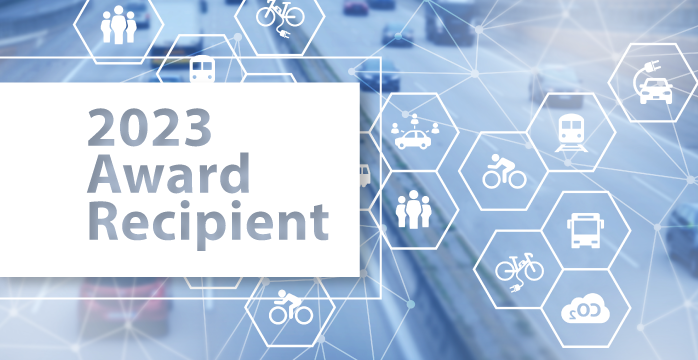The devices augment users’ productivity and knowledge, enable access to unlimited data, and connect the entire network system, finds Frost & Sullivan’s TechVision team
SANTA CLARA, Calif. – August 3, 2017 – The emergence of the Internet of Things (IoT) and workers’ need for real-time data, monitoring and tracking are boosting the development of wearable technologies for the industrial sector. With the technology crossing the concept phase, stakeholders in manufacturing, logistics and warehousing, construction, mining, oil & gas, retail and healthcare industries are eager to incorporate it into their portfolios. Devices like caps, portable eyeglasses and wrist-worn devices, which are embedded with advanced sensors, voice-recognition technology, visual aids, and touch-assistive provisions, ensure user safety and offer easy access to data.
“Technologists are now designing wearable devices that are lighter, portable, easy-to-handle with long battery power and advanced sensor technologies in order to improve human ergonomics and reduce fatigue related issues,” noted Frost & Sullivan TechVision Research Analyst Ranjana Lakshmi Venkatesh Kumar. “The miniaturization trend and advancements in materials will further result in wearable devices with tiny sensors and electronic components that can be a part of the human body itself.”
Wearable Technologies for Industrial Applications is part of Frost & Sullivan’s TechVision Growth Partnership Service program. The study identifies key wearable device technologies and market players across applications like manufacturing shop floors, shop floor assembly, quality checks, and item pick up and movements, as well as delivery scheduling.
To access more information on this analysis, please click here.
While the devices’ scope of application is expanding rapidly, high capital costs and limited support from existing platforms are restricting adoption in the industrial sector. Companies also are apprehensive about the technology’s ability to integrate smoothly with the existing workflow. Many technology developers may not even have access to the technology required to build ergonomics and environment-of-use into the product design.
“Over the next two to five years, highly disruptive developments are expected in the wearable device market,” noted Kumar. “Greater digitization will transform the current industrial sector into a smart industry with internal users and external customers connected to the supply chain process, and machine-human interface enhancing productivity, user awareness, and working conditions.”
The range of wearable devices that can now be used or evaluated in industrial settings includes smart watches, activity or health trackers (fitness bands), wearable mobile cameras, smart eyewear, and head-mounted displays with augmented reality (AR). Other technologies with potential include ring sensors to control the environment, electronic skin wearable devices for displays and even headbands that track brain activity to achieve composure or focus.
Some of the outstanding innovators in this field include:
- Epson, UK: Epson provides a lightweight binocular smart glass device with excellent OLED display. The device has a camera to project assistive AR images. The advanced sensors and processors read the environment of the user and present suitable recommendations.
- ODG (Osterhout Design Group), USA: The ODG smart glass is a mobile computer consisting of two stereoscopic HD displays run at 80 frame/second with a 40-degree field of vision. The glasses are targeted at industrial and healthcare applications.
- OptAlert, Australia: The company has developed a fatigue management device that measures users’ drowsiness in real time based on pupil movement. It features a unique Bluetooth technology with multiple layers of protection that ensures safety of the device.
About TechVision
Frost & Sullivan’s global TechVision practice is focused on innovation, disruption and convergence, and provides a variety of technology-based alerts, newsletters and research services as well as growth consulting services. Its premier offering, the TechVision program, identifies and evaluates the most valuable emerging and disruptive technologies enabling products with near-term potential. A unique feature of the TechVision program is an annual selection of 50 technologies that can generate convergence scenarios, possibly disrupt the innovation landscape, and drive transformational growth. View a summary of our TechVision program by clicking on the following link: http://ifrost.frost.com/TechVision_Demo.
About Frost & Sullivan
Frost & Sullivan, the Growth Partnership Company, works in collaboration with clients to leverage visionary innovation that addresses the global challenges and related growth opportunities that will make or break today’s market participants. For more than 50 years, we have been developing growth strategies for the global 1000, emerging businesses, the public sector and the investment community. Contact us: Start the discussion
Wearable Technologies for Industrial Applications
D7A7
Contact:
Francesca Valente
Corporate Communications – Americas
P: +54 11 4777 5300
F: +54 11 4777 5300
Twitter: @TechVision_FS
Linkedin: staging.frost.com/techvisionlinkedin




